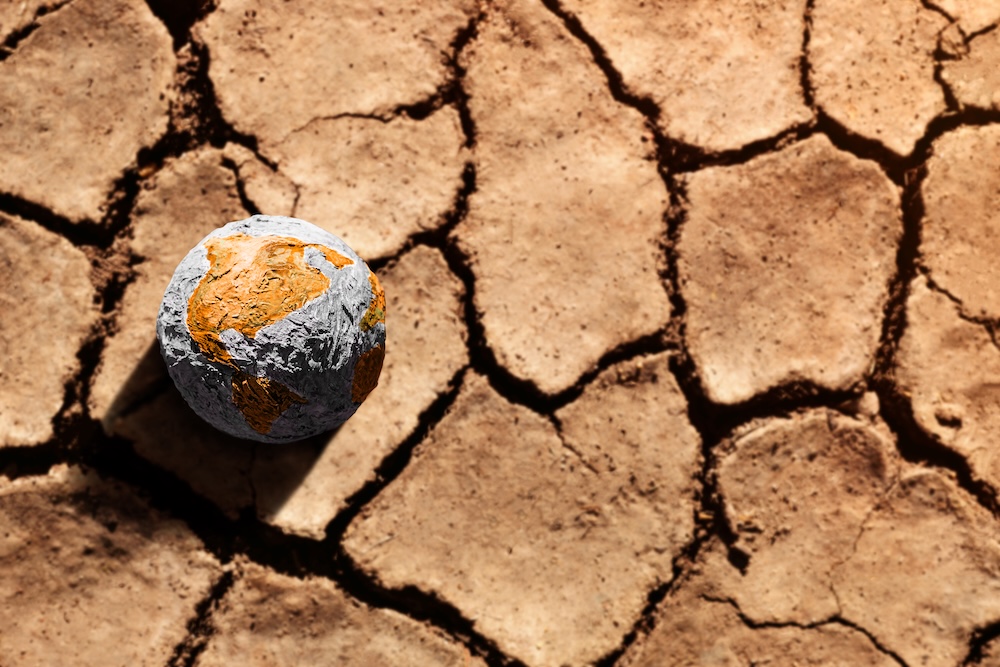The planet may feel vast and abundant, but the truth is that many of the resources we rely on every day — from fresh water to fossil fuels — are being used far faster than nature can replace them. Scientists have a name for this imbalance: Earth Overshoot Day — the date each year when humanity’s demand exceeds what the planet can regenerate. In 2024, that day fell in early August. For the rest of the year, we were essentially living on borrowed time.
This accelerating depletion is more than just an environmental concern — it’s a warning light for global stability, public health, and economic security. Here’s what’s disappearing, why it matters, and what’s at stake if we don’t slow down.
Fossil Fuels: A Double Threat
Coal, oil, and natural gas still power most of the world’s energy needs. These fuels are finite — and burning them not only depletes reserves but also accelerates climate change. While renewable energy sources are growing, global fossil fuel consumption remains near record highs, putting immense pressure on both the environment and the global energy system.
Fresh Water: The New Blue Gold
Only about 1% of Earth’s water is accessible and drinkable, and yet we are draining it at alarming rates. Aquifers from the U.S. Midwest to northern India are shrinking. Droughts are becoming longer and more severe, and glacial melt — a key water source for millions — is accelerating. Once these reserves are gone, there’s no quick way to refill them.
Arable Land: Feeding More People with Less
Deforestation, soil degradation, and urban sprawl are steadily eating away at farmland. Around 33% of the world’s soil is already degraded, and unsustainable farming practices are making it worse. With the global population projected to reach 9.7 billion by 2050, shrinking arable land could drive food insecurity and increase reliance on resource-intensive agriculture.
Critical Minerals: Powering the Green Transition at a Cost
Lithium, cobalt, and rare earth elements are essential for renewable energy technology — from EV batteries to wind turbines. But mining them often comes with environmental damage, and their supplies are finite. Without a circular economy approach that reuses and recycles these materials, we risk swapping one resource crisis for another.
The Human Cost of Depletion
Resource depletion isn’t just an environmental issue — it’s a driver of conflict, migration, and economic instability. Water scarcity has already been linked to political tensions in parts of Africa and the Middle East. Rising costs for fuel, food, and raw materials can quickly ripple through economies, impacting livelihoods and increasing inequality.
What Can Be Done
The clock isn’t stopped, but it can be slowed. Solutions include:
- Shifting to renewable energy to cut dependence on fossil fuels.
- Protecting and restoring ecosystems to safeguard water and soil.
- Building a circular economy that designs out waste and reuses materials.
- Changing consumption patterns through sustainable purchasing and reduced waste.
Final Thoughts
Running out of resources isn’t a distant possibility — it’s a present-day trajectory. But it’s also a trajectory we can change. Every policy shift, technological innovation, and conscious choice to conserve moves us further from that cliff’s edge. The question isn’t whether we can slow depletion — it’s whether we will choose to act before it’s too late.









Reader Interactions